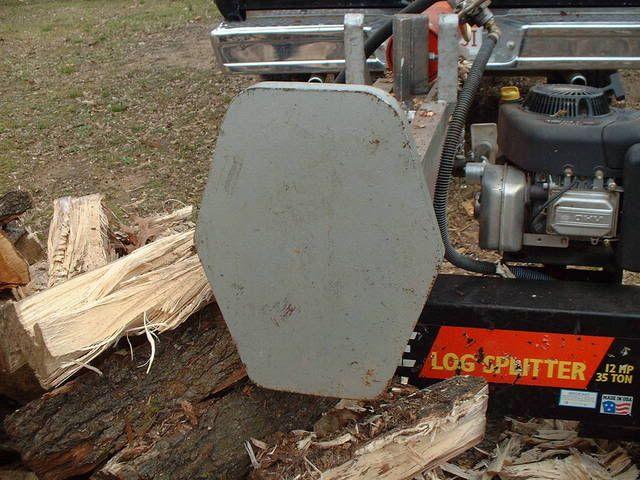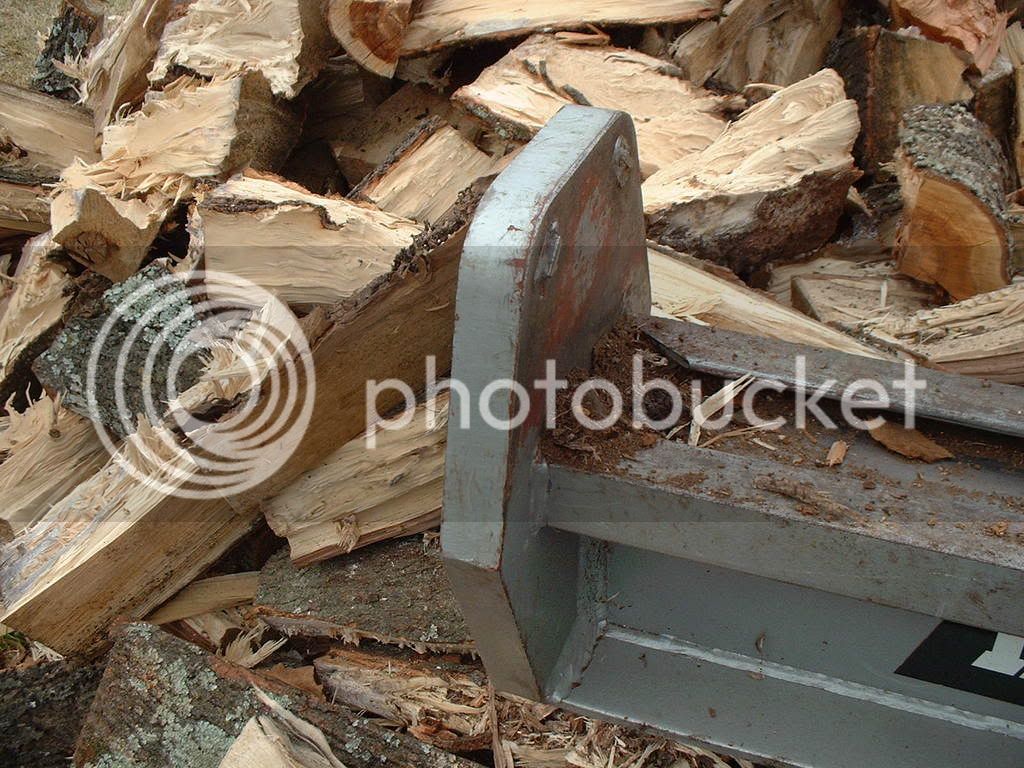too small.
I looked over several today at TSC stores. Only the big 35-ton splitter had a toe plate big enough for the big logs that I bring in:

The rest seemed way too narrow and did not extend far enough beyond the I-beam. Seems like they all should be at least as big as this one pictured. Just MHO.
What's your opinion? Mark, is your toe plate still bent?
I looked over several today at TSC stores. Only the big 35-ton splitter had a toe plate big enough for the big logs that I bring in:

The rest seemed way too narrow and did not extend far enough beyond the I-beam. Seems like they all should be at least as big as this one pictured. Just MHO.
What's your opinion? Mark, is your toe plate still bent?
Last edited:








